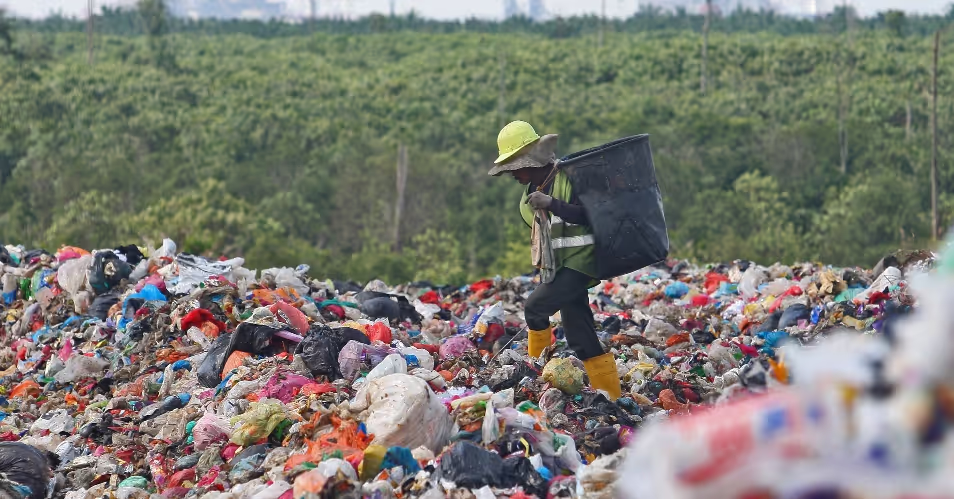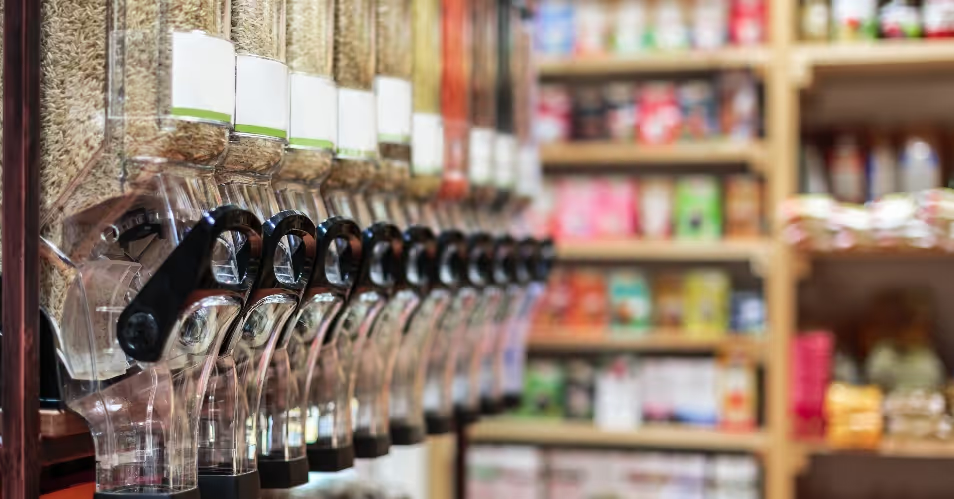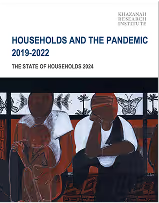
Ramadan is a significant month in the Islamic (Hijri) calendar, during which Muslims fast from dawn to dusk as an act of devotion and self-discipline. Researchers have studied its influence on various outcomes. The changes observed during Ramadan, aptly termed the Ramadan effect, span multiple areas of social and economic life, such as employment and productivity¹, health and well-being², and test scores³. This article explores whether there are notable changes in food prices during the month of Ramadan in Malaysia.
How Cultural And Market Dynamics Influence Food Prices During Ramadan
One possible contributor to food price increases is higher demand. As households prepare for iftar (the evening meal to break the fast) and suhoor (the pre-dawn meal), meals tend to be more elaborate, increasing the demand for certain foods such as dates, meat, and seafood. Mosques across Malaysia also host large communal iftar gatherings, further driving up demand for staple and high-protein foods. The widespread presence of Ramadan bazaars adds another layer to price fluctuations, as vendors may adjust prices based on increased demand. Hotels and restaurants also capitalize on the season by offering buffet promotions, further contributing to increased food consumption and spending.
Additionally, social media plays a role in shaping consumption patterns during Ramadan. Content creators flood digital platforms with daily food-related content, showcasing new recipes and trendy Ramadan bazaar foods. This constant exposure fuels consumer cravings and may influence purchasing behaviour, further driving demand for specific food items and potentially exacerbating supply pressures and price fluctuations.
A rough proxy for higher consumption is higher waste. In Malaysia, food waste increases by 15 to 20 percent in Ramadan compared to other months. According to WWF-Malaysia, the amount of food wasted during Ramadan could feed the entire population.
At the same time, supply-side factors may also influence prices. Anticipating a surge in consumption, producers may increase supply, which could help stabilize prices. However, this increase in supply is not always sufficient to offset price pressures. Seasonal fluctuations in the availability of certain ingredients and higher transportation and logistics costs can contribute to price volatility. Additionally, some sellers may take advantage of heightened demand by engaging in price gouging, further driving up costs.
Given these dynamics, food price fluctuations during Ramadan are shaped not only by supply and demand but also by cultural and behavioural factors. Regardless of the cause, this article presents descriptive statistics on food price movements during Ramadan.
Transforming Price Indicators To Represent Hijri Months
To determine whether price levels change during Ramadan, we analyze the Consumer Price Index (CPI) and the index for Food and Beverages (F&B) from 2000 to 2024, CPI indicates general price level while F&B-a component of CPI-indicates food and beverages price level. An increase in these indices suggests an increase in prices.
However, a key challenge arises because these indices are reported according to the Gregorian calendar, which does not align with the Hijri calendar. The Hijri calendar follows the lunar cycle, with each of the 12 Hijri months comprising 29 to 30 days. As such, the Hijri calendar is shorter than the Gregorian calendar by 10 to 12 days, meaning two Hijri months are more likely to occur in one Gregorian month. For example, in March 2025, the last day of Sha'ban fell on the first of March, and Ramadan started on the second of March. Calculating CPI changes following the Gregorian calendar might reflect partial changes for two Hijri months.
To address this, we utilise the method proposed by Eyerci, Toprak, and Demir (2021). We derive price indices for Hijri months using the following formula:
Hijri Index${im}$ = (1 / h${im})ΣΣIndex{jn}$ n${im,jn}$
where Hijri Index${im}$ is the value of the indicator for Hijri month i of year m, Index${jn}$ the value of the indicator for Gregorian month j of year n, h${im}$ the number of days of Hijri month i of year m and n${im,jn}$ the number of days in Hijri month i of year m corresponding to Gregorian month j of year n.
We refer to Islamic Finder to obtain the overlapping Hijri and Gregorian calendar dates.
In short, this method decomposes the Gregorian-based indicators by reweighting them according to the number of corresponding days in a Hijri month. The indicator for each Hijri month is the sum of the corresponding reweighted indicators, as exemplified in Table 1.
We calculate the month-to-month or monthly change for each Hijri month to show whether prices change during Ramadan. The monthly change in Ramadan is the percentage change from Sha'ban to Ramadan.
On Average, The Monthly Change For Food Prices Is Higher During Ramadan Compared To Preceding Months...
Figure 1 graphs the monthly change of CPI and F&B for each Hijri month from the end of the Hijri year 1420 to mid-1446, corresponding to 2000 to 2024. The gray bars indicate the three consecutive Hijri months Sha'ban, Ramadan, and Syawal. While we can point out some Hijri years with steep increase rates around Ramadan, a clear pattern is hard to identify. This is unsurprising, as we are looking at month-to-month changes, which are volatile.
Figure 2 charts the average monthly change of CPI and F&B over the Hijri years 1421 to 1445 for easy comparison. The x-axis marks each Hijri month, with month 9 being Ramadan. For F&B, we observe a gradual climb in the average monthly change starting in Sha'ban, sharply increasing during Ramadan, and then tapering off. While the average monthly change for CPI increases during Ramadan, the value is smaller compared to earlier months.
As expected from Figure 2, the average monthly change for F&B during Ramadan is higher than in other Hijri months, while the average monthly change for CPI is lower. However, these differences are not statistically significant (Table 1). These results remain after controlling for time trends.
...Particularly For Specific Food Groups
We also analyze changes for specific food groups. Figure 3 displays the average monthly change of price indices for specific food groups from Hijri years 1432 to 1445, corresponding to around late-2010 to mid-2024. The food group with the starkest increase in Ramadan is fish & other seafood. The average monthly change is highest in Ramadan compared to other months. Additionally, we observe a gradual upward trend for meat and fruits & nuts as Ramadan approached. This suggests the demand for these items may steadily build up in the weeks leading to the fasting month. While other food groups also experience price fluctuations around Ramadan, the direction and magnitude do not suggest price increases or larger increases relative to other months.
Conclusion
This article suggests that, on average, food prices exhibit a rising pattern in Ramadan, but this increase is not statistically significant relative to other months. It is important to clarify that this descriptive analysis does not remove seasonal effects and other confounding factors. For instance, if Ramadan coincides with the heavy rainfall and flooding season, disruptions in food supply may contribute to price increases. Similarly, existing price control measures may play a role in stabilizing costs.
The intersection between cultural & religious practices and economic behavior during Ramadan offers a unique perspective when examining consumer behavior and market dynamics. The increased demand for certain foods during Ramadan, driven by communal iftar gatherings and the abundance of specialty food offerings, goes beyond basic supply and demand. It reflects deeper societal values and traditions.
Future research should explore these broader dynamics and identify specific food items that experience significant price fluctuations during Ramadan. A deeper understanding of these patterns could inform efforts to manage the cost of living more effectively.






.avif)

